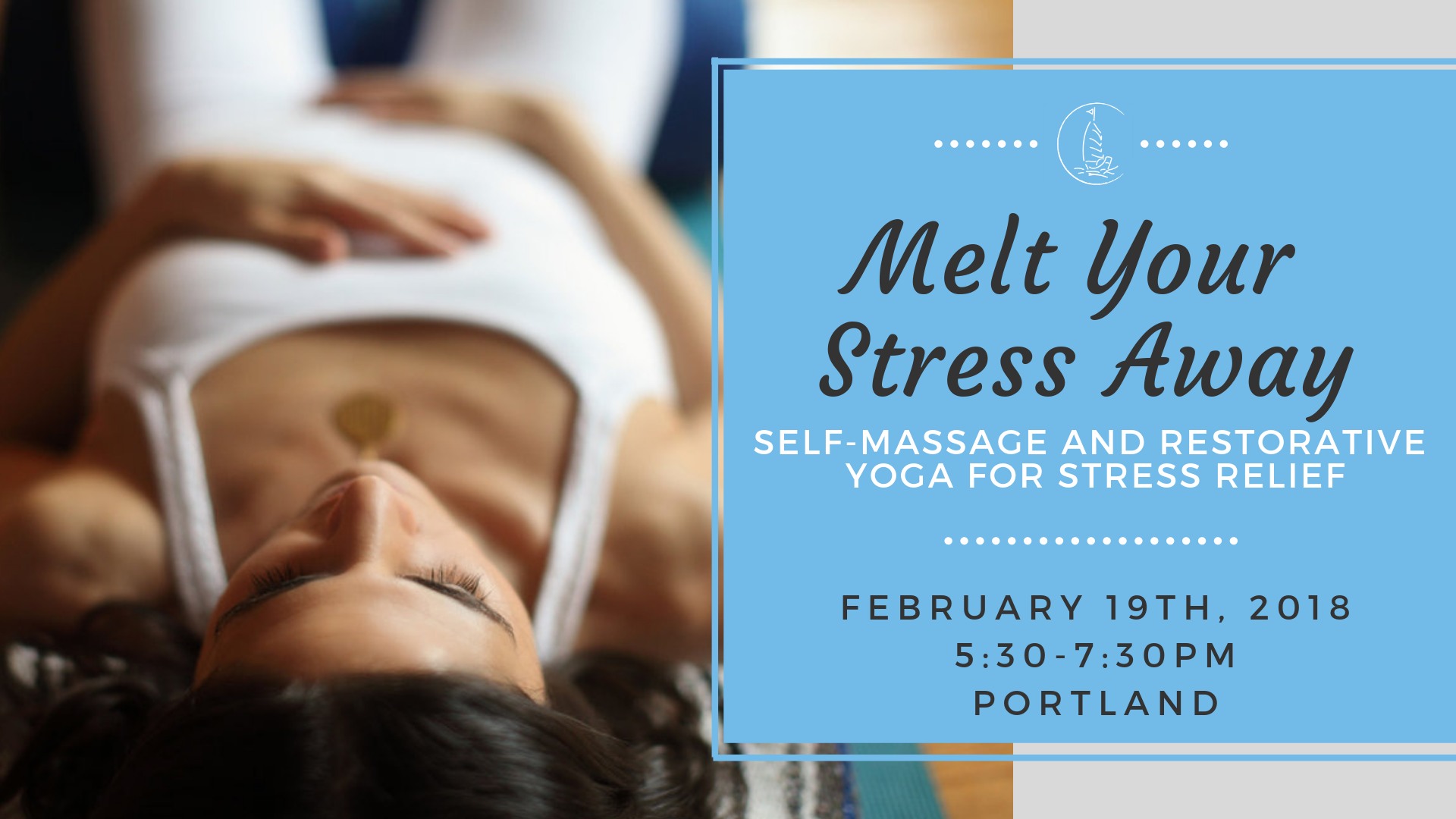Finding time to develop a daily (or at least frequent) meditation practice can be a challenge for many people. Our schedules are filled with so many things that taking time to meditate, let alone relax can seem daunting. For many of us, relaxation means vegging in front of the TV with the latest Netflix binge-worthy series, sitting with a cup of tea or reading a book. However, although these activities are fine as ways to “chill out” after a busy day, they do not have the same effect on the mind/body/spirit as “deep relaxation” (such as Yoga Nidra) does. If you are looking for a way to have the benefits of meditation (improved concentration and stress reduction just to name a few) as well as a way to allow for your body, mind and spirit to receive deep rest, then Yoga Nidra can be a beautiful practice for you.
Yoga Nidra or yogic sleep, is an ancient practice that allows for deep relaxation between waking consciousness and dreaming consciousness. It is accomplished through specific techniques that allow the mind and body to reach a state of bliss. The practice moves through the layers of the subtle body (or the koshas) to achieve its goal of deep rest. In yogic tradition, the 5 koshas are layers (or sheaths) from gross to subtle. The outermost is matter (annamaya kosha or our physical “food” body) and the other four layers are energetic and invisible to the naked eye. They are: pranamaya kosha (energy layer), manomaya kosha (mind layer), vijnanamaya kosha (wisdom layer) and anandamaya kosha (bliss layer).
The Practice
Yoga Nidra is usually practiced lying down either on the floor or in bed, however, it can be done sitting in a chair. You do not need ANY prior experience practicing yoga or meditation. Comfortable clothes should be worn to facilitate relaxation. The person leading the Yoga Nidra practice will guide you through preparation (comfortable positioning with bolsters/blankets/pillows), rotation of consciousness, setting a heart-felt resolve (Sankalpa), reverse counting and visualization of symbols. The practice can be brief 10-15 minutes or longer (60-90 minutes).
The Benefits
The practice of Yoga Nidra has increased significantly on a worldwide scale due to its evidence-based positive effects on mind/body/spirit. Multiple research studies are available to demonstrate its healing benefits. Here’s a list of just a few:
Increased dopamine levels (dopamine is the chemical associated with pleasure and bliss)
Increased brain activity and blood flow in areas responsible for sensory imagery
Decreased blood glucose levels in people with non-insulin dependent diabetes mellitus
Increased heart rate variability (HRV) which is a marker for cardiac health
Decreased anxiety and depression
Decreased symptoms related to trauma (multiple studies done by the military for veterans with PTSD)
Improved quality of sleep (20 minutes of Yoga Nidra=3 hours of sleep!)
Increased creativity and whole brain functioning
Shift from Sympathetic Nervous System (fight/flight/freeze) to Parasympathetic Nervous System (rest and digest)
As you can see, this practice has so many wonderful benefits and is SO easy to practice that it would be a great addition to your self-care routine! Hope to see you at one of our yoga offerings here at Jade Integrated Health. You won’t be disappointed!
Melt Your Stress Away
Sign up for our Melt Your Stress Away: Self-Massage and Restorative Yoga Workshop with Diane Murphy, Tuesday, February 19th from 5:30-7:30PM, and discover the balancing and healing power of Yoga.
Diane Murphy, RNBC, RYT 200, received her certification to teach Yoga Nidra through ShivaShakti Yoga School in 2014. She practices Yoga Nidra frequently and also teaches this modality to her students at Crossroads for Women.

